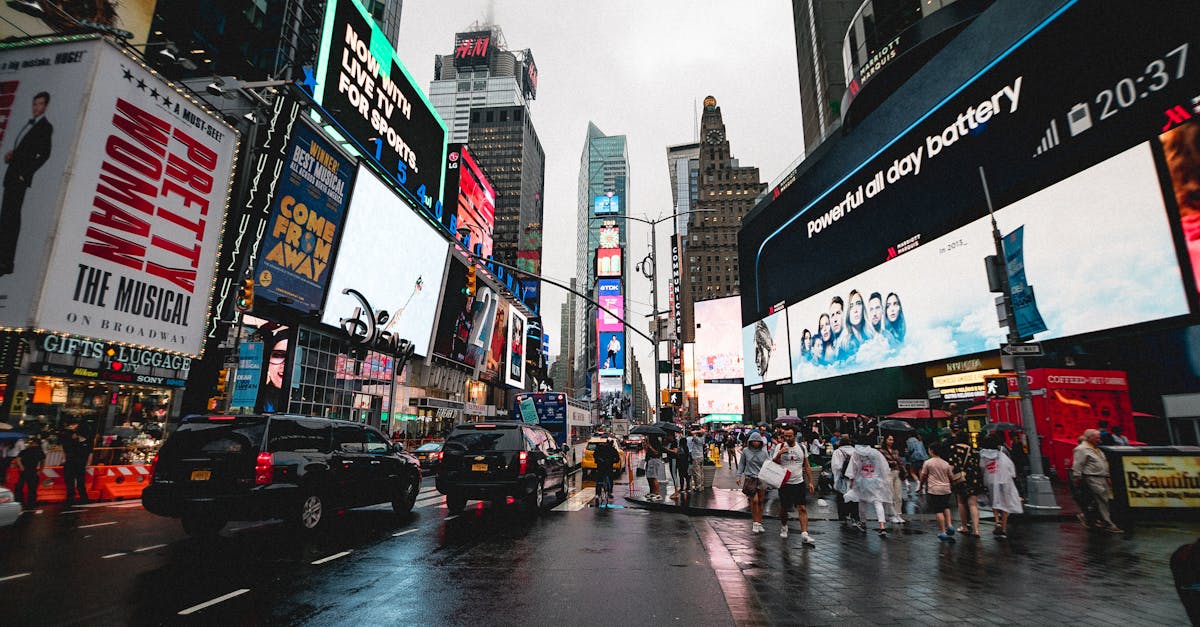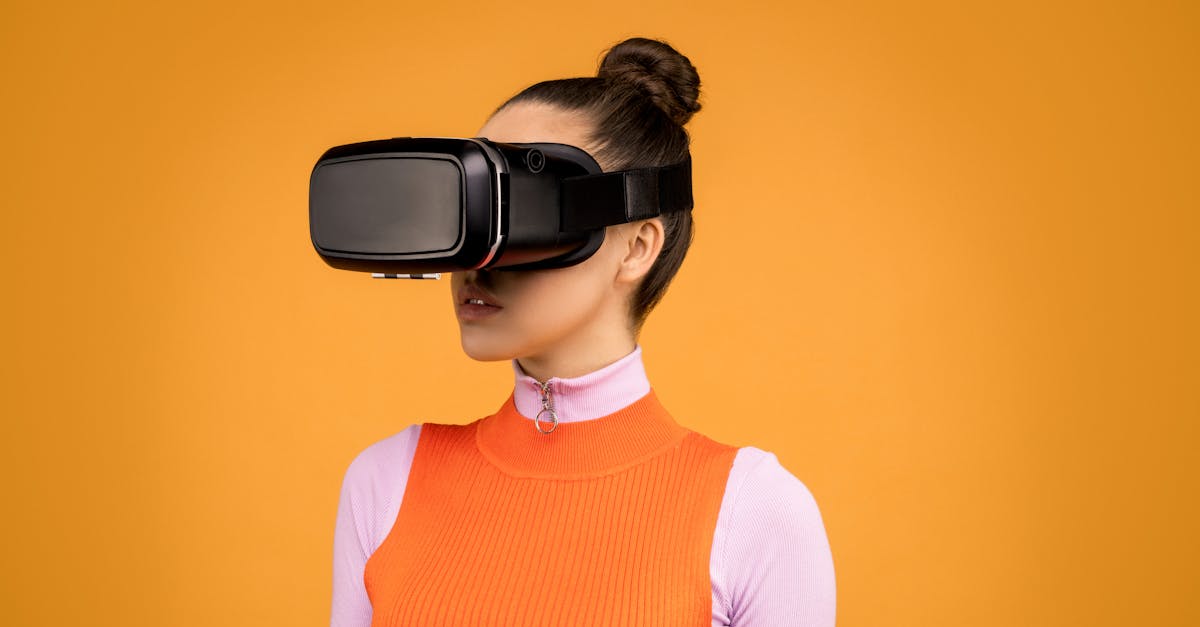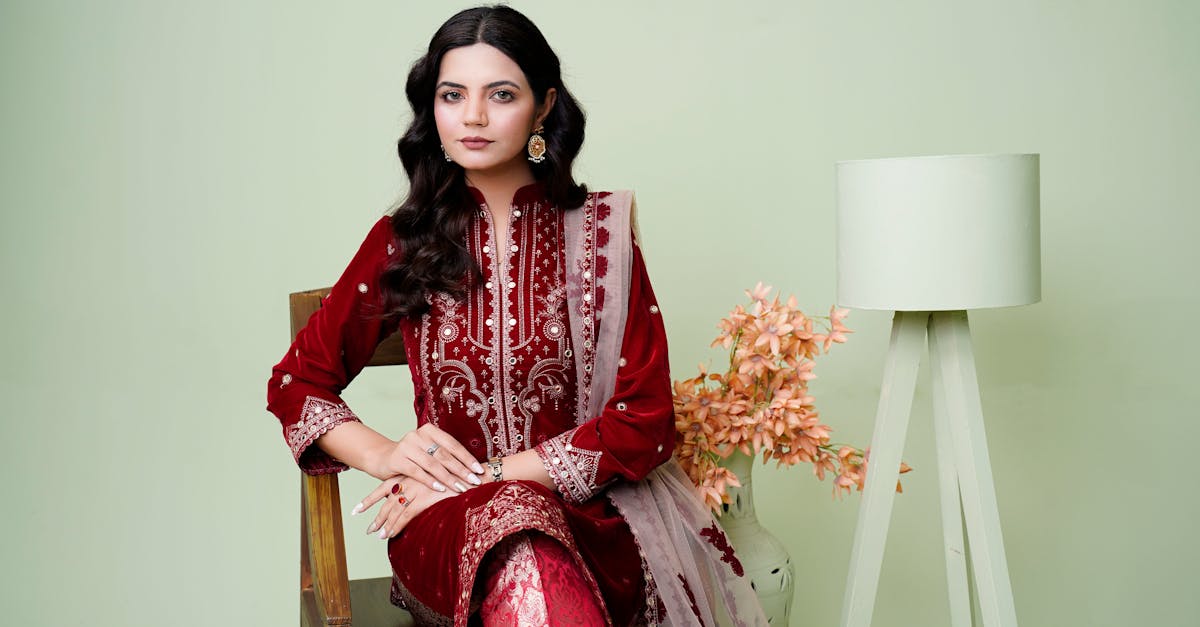Unraveling Fashion Futures
Introduction
Fashion—the art of crafting clothing that balances aesthetics and functionality—is ever-evolving. Today, we're witnessing transformations influenced by rapid technological advancements and increased awareness of sustainability. This shifting landscape has led to fashion futures, a term encapsulating emerging trends and possibilities within the industry. As fashion adapts to global challenges, designers and brands strive to rethink production and consumption methods. Modern consumers, too, demand greater transparency and eco-friendly options. Together, we embark on an exploration of how digital innovation and sustainability are changing fashion's course.
Advertisement
The Rise of Smart Clothing
Smart clothing is one of the most exciting innovations in fashion technology, blending fashion with functionality. These garments, embedded with sensors and smart textiles, can monitor the wearer's health and adjust to environmental conditions. From athletic wear that tracks performance metrics to temperature-regulating jackets, smart clothing holds immense potential. As the industry refines these technologies, we can expect garments to enhance personal well-being and environmental efficiency. With growing interest and investment, smart clothing is poised to become a staple in wardrobes worldwide.
Advertisement
Sustainable Fashion Takes Center Stage
As environmental concerns intensify, sustainable fashion is no longer a niche movement but a necessity. Brands are reimagining their supply chains to minimize waste and pollution. Organic materials, ethical labor practices, and recycling initiatives have become central to many fashion strategies. Companies are also embracing circular fashion models, repurposing old clothing into new pieces, reducing landfill waste. Consumers, increasingly aware of fashion's environmental impact, are driving this change by opting for eco-friendly brands and conscious consumerism.
Advertisement
3D Printing Revolutionizes Design
3D printing is set to redefine production paradigms within fashion, upending traditional manufacturing processes. By constructing garments layer by layer, designers can create intricate patterns and structures that were previously impossible. This process eliminates fabric waste and reduces inventory, allowing for on-demand, personalized fashion. Young designers, in particular, are experimenting with 3D printing to push creative boundaries. As technology advances and costs decrease, we can expect broader adoption across the fashion ecosystem.
Advertisement
The Role of Artificial Intelligence in Fashion
Artificial intelligence is shaping fashion in unprecedented ways, from design to retail. AI-driven analytics provide insights into customer preferences, enabling brands to tailor collections more accurately. AI tools can also predict future trends by analyzing vast datasets from social media and past buying trends. Personalized shopping experiences, such as AI-generated fashion recommendations, heighten consumer engagement. As this technology continues to evolve, AI's role in fashion will deepen, enhancing creativity and efficiency across the industry.
Advertisement
VR and AR Transform Shopping Experiences
Virtual reality (VR) and augmented reality (AR) are revolutionizing the way consumers interact with fashion. These technologies offer immersive experiences, from virtual fitting rooms allowing customers to "try on" clothes to AR apps unveiling how an outfit might look in different settings. By bridging the digital and physical shopping realms, VR and AR help reduce purchase uncertainty and return rates. As they become more prevalent, these technologies promise to reshape in-store and online retail experiences alike.
Advertisement
Rethinking Fashion Shows in the Digital Age
The traditional fashion show format is evolving in response to digital innovations and sustainability priorities. With social media and online platforms, fashion weeks are now global events, no longer limited to industry insiders. Virtual fashion shows, offering explosive digital creativity, keep audiences engaged worldwide. Notably, these digital shows become more environmentally friendly by eliminating the need for travel and reducing physical show production costs. As the industry embraces digital showcases, the future of fashion weeks will continue to innovate.
Advertisement
Fashion and the Blockchain
Blockchain technology is emerging as a tool for enhancing transparency and security in the fashion industry. By tracking garments from the source of raw materials to the consumer, blockchain ensures the authenticity of products, tackling counterfeits. It allows for seamless verification of data, bolstering consumer trust in sustainable and ethical practices. While still in its infancy, blockchain's potential to provide accountability throughout the fashion supply chain stands to transform the industry significantly.
Advertisement
Challenges in Embracing Change
Despite promising advancements, the journey to the fashion industry's future is not without obstacles. Implementing new technologies requires substantial investment and education, a hurdle for smaller brands. Resistance to change within traditional segments can stifle innovation. Moreover, ensuring equitable access to these technologies remains a global issue. To navigate these challenges, collaboration between industry stakeholders, policymakers, and technologists is critical. As fashion embraces the future, addressing these barriers will be imperative for success.
Advertisement
Conclusion
The future of fashion is interwoven with technology and sustainability, forging a path toward innovation and responsibility. As consumer demands evolve, so too must the practices and aspirations of the fashion industry. With advancing technologies and a growing emphasis on sustainability, the possibilities for fashion appear limitless. By embracing these developments, fashion can become an agent of change, harmonizing creativity with ethical stewardship. As we peer into the horizon of fashion futures, the journey promises to be as thrilling as it is transformative.
Advertisement








